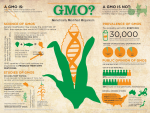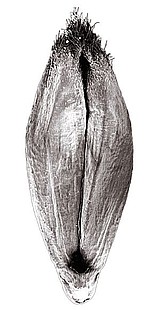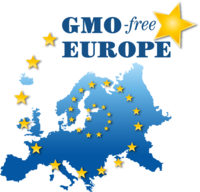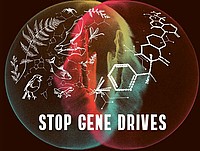Save Out Seeds Nachricht
01.12.2014 | permalink
Maize pollen deposition in relation to distance from the nearest pollen source under common cultivation

Maize pollen deposition was negatively correlated with distance from the nearest pollen source. The highest pollen deposition was within the field, but depositions of several thousand pollen grains per square meter were recorded over the kilometer range. A power function model most accurately described the relationship between deposition and distance from the nearest pollen source, rather than the exponential model currently used in EU risk assessment and management, which underestimates exposure for distances greater than 10 m. Regression analysis confirmed the high significance of the power relationship. The large variation in pollen deposition at a given distance reflected the influences of wind direction and other meteorological and site conditions. Plausible variations of single values and the predicted mean pollen count at a given distance were expressed by confidence intervals.
- Environmental Sciences Europe | Abstract | Maize pollen deposition in relation to distance from the nearest pollen source under common cultivation - results of 10 years of monitoring (2001 to 2010)
- Bt resistant armyworms migrating north | Ag Professional
- Armyworm resistance to GMO crops seen in US – study
- Buy Non-GMO Corn Seeds | 100% Open-Pollinated | Wholesale and Bulk
- Contamination from GE crops does happen: nearly 400 incidents since GE crops were introduced





